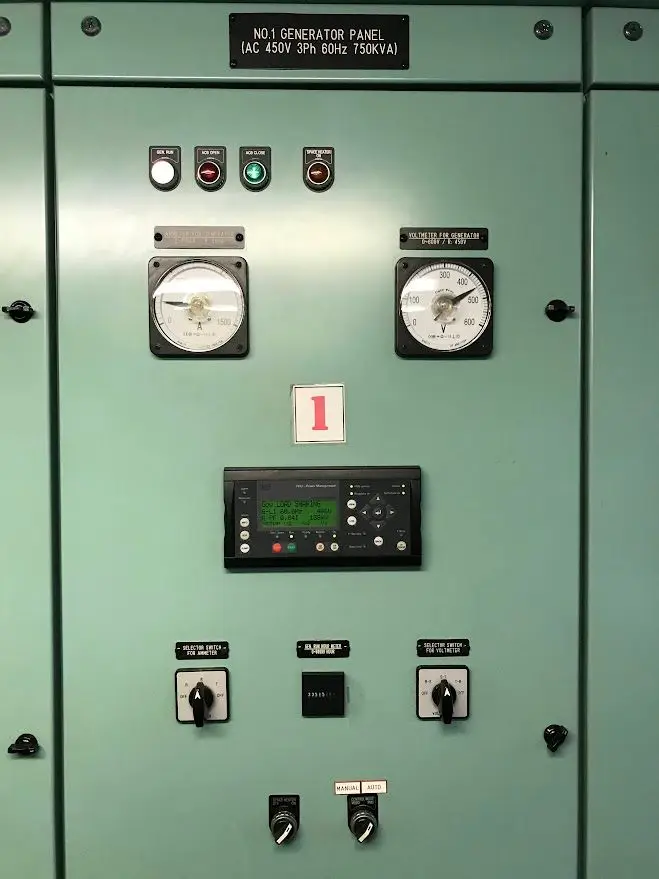How the Automatic Control System in Power Generators Works
Introduction to Automatic Generator Control Systems
Definition and Main Function
The automatic control system in generators monitors and manages all operations without constant human intervention. Its main purpose is to ensure efficient, safe, and reliable operation by reacting swiftly to load changes or power outages.
Importance for Continuous Operation
In critical applications—such as hospitals, data centers, and industrial operations—automation is vital to prevent interruptions, reduce response time, and minimize the risk of failures that could result in financial loss or endanger lives.
Main Components of the Automatic Control System
Control Panel
This is the central interface, integrating sensors and control devices to display real-time data on voltage, current, frequency, engine status, fuel levels, and alarms.
Example: Modern LCD or touchscreen panels allow fine parameter adjustments and operation history logging.
Automatic Transfer Switch (ATS)
The ATS detects power grid failures and starts the generator automatically. Once the utility power is restored, it shuts the generator down and reconnects to the grid.
Sensors and Actuators
Sensors measure oil pressure, engine temperature, fuel level, and RPM. Actuators adjust engine components like throttles or fuel valves based on electronic commands.
Communication Module
Enables connection to external networks such as SCADA systems or mobile apps, facilitating remote generator management.
Key Functions of the Automatic Control System
Continuous Monitoring and Diagnostics
The system constantly checks generator status, detecting anomalies like overloads, overheating, low oil pressure, and ignition failures.
Preventive Action: It can trigger alerts or shut down the equipment to avoid major damage.
Start/Stop Control
The generator starts automatically during outages and shuts down in a controlled manner after power returns, ensuring proper cooling to protect the engine.
Load Management
The system regulates the connected load to avoid overloads and optimize fuel efficiency.
Application: In buildings or industrial plants, it can prioritize essential loads and disconnect non-critical equipment.
Scheduled Maintenance and Automated Testing
Some systems run automatic test routines like periodic starts and simulated load operation to ensure emergency readiness.
Advanced Technologies in Automatic Control
Energy Management Systems (EMS)
Integration with EMS allows for real-time energy optimization, multi-generator coordination, and efficiency improvements.
IoT and Remote Monitoring
With IoT, generators can be monitored remotely via mobile devices, receiving alerts, performance data, and maintenance updates.
Innovation Example: A centralized maintenance team can manage multiple distributed generators, reducing costs and boosting efficiency.
Adaptive Control
Advanced systems dynamically adjust parameters based on external factors like ambient temperature, altitude, and load patterns to optimize performance in any environment.
Advantages of Automatic Generator Control Systems
Reduced Response Time: Near-instant switching ensures continuity during outages.
Extended Equipment Life: Controlled operation detects wear early and optimizes durability.
Operational Cost Savings: Intelligent fuel and load management lowers consumption and waste.
Greater Reliability and Safety: Reduces human error and enhances system security.
Final Considerations
Automatic control systems are essential to guarantee optimal generator performance, especially in critical operations. Their ability to manage startup, shutdown, monitoring, and maintenance leads to significant gains in operational efficiency, safety, and financial sustainability.
Want to learn more? Contact a specialized manufacturer like Geraforte, with over 16 years of experience. Our team of engineers is ready to assist you!
Discover our products.





